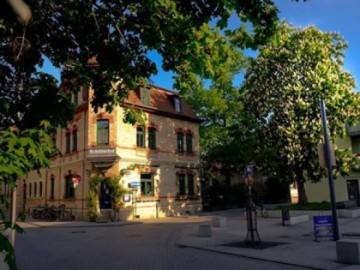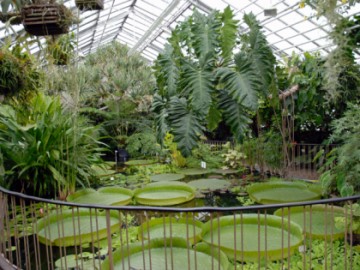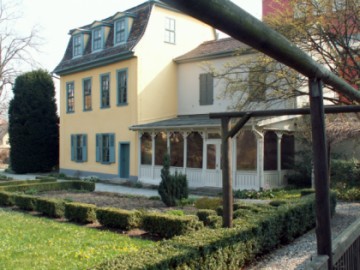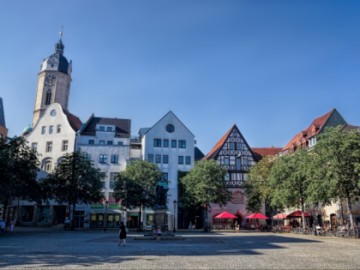Jena - a City of the German flag
Jena is known for its university, Germany's first maternity ward and for Carl Zeiss corporate group, which has always been famous for superior optics. You can see this in the local Optical Museum. It is a city where the Reformation initiator, Martin Luther, preached and the church where he preached was preserved. There is also the City Hall with "Snatching Hans", who was never able to catch an apple! Thuringian cuisine is a separate attraction. Thuringia is known as "the green heart of Germany" because of the abundance of vegetables and fruits in the dishes.
Отели города Jena
See all
Restaurants

Lo Studente Jena
Restaurant • Wine bar • Pizzeria
+49 3641 828384
Payment methods:

Schillerhof
Biergarten • Café • Catering
+49 3641 523653
Payment methods:

Zur Noll
Family restaurant • Hotel • Catering
+49 3641 59770
Payment methods:

fau
Vegetarian restaurant • Café
+49 3641 2789899
Payment methods:
All sights in JenaSee all
Landmarks in the city Jena

Jena Tower
Architectural Monuments

Botanical Garden
Parks and recreation

Schiller House Museum
Museums and Exhibitions

St. John’s Gate and Powder Tower
Architectural Monuments

Town Hall and Market Square
Architectural Monuments • Other places

St. Michael’s Church
Architectural Monuments

University of Jena
Other places
Nearby







 Parks and recreation
Parks and recreation
 Museums and Exhibitions
Museums and Exhibitions
 Architectural Monuments
Architectural Monuments
 Other places
Other places